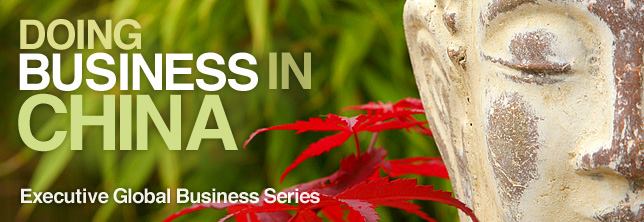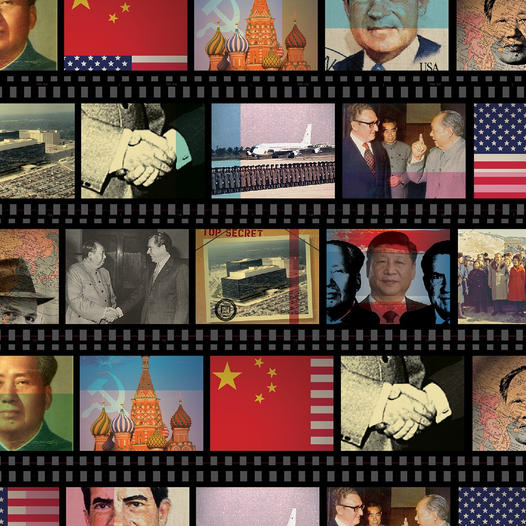What if the future of modern trade is already in China?

Internet helps to save time with a high return on investment. Buying from a mobile and being delivered where you want is time and money-saving. Following a study, 75% of the Chinese population that browses on the internet, does it on a mobile phone. The other conclusion of the study is that there is an overlap between the population that uses the internet and social media and the consumers with purchasing power. With the most Internet users in the world, China has the world’s largest and fastest-growing social networks and e-commerce platforms.
The national online retail sales of goods and services in China reached 1.4 trillion Yuan in the first quarter, 32,1% higher than in Q1 2016. In comparison, retail sales of the physical stores went up by 7.2% only. In many countries where one does not have often a say, online consumers have a say on social networks and can chat with each other and share experiences.
E-commerce market in China

Giving feedback on products, services, and brands, and their validation through ratings is a form of power that consumers have. This gives trust, transparency, and security, that institutions cannot always offer. Health care requires trust, transparency, and security. A McKinsey survey in 2017 showed that 65 % of online shoppers in China are seeking ways to lead a healthier lifestyle.
Next to being the largest e-commerce market, China is also the most innovative e-commerce in the world. Innovations such as mobile digital payment ecosystems, and virtual reality are probably key reasons for the rise of e-retail spending. It seems that this offers availability and value to customers even in rural markets. Incorporating digital payments into existing services will open up new markets for micro, small, and medium enterprises and transform the way people transact around the world, including developing countries. Innovative business models are required for e-commerce in areas where mobile digital payment ecosystems are not yet possible. Source:
China: Yesterday Principles – Today Advanced Tech

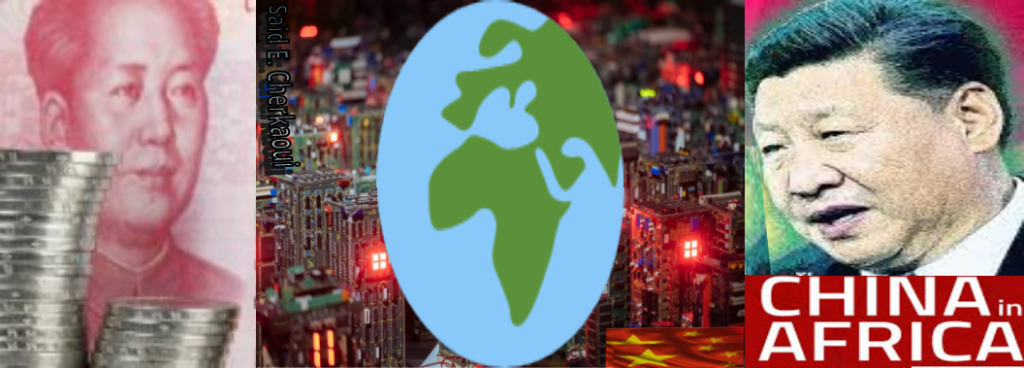
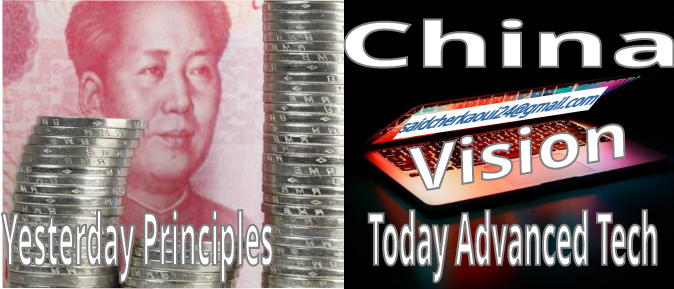
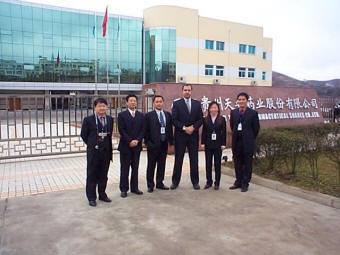
China is working on establishing all these milestones and beyond.
Battling China is the reward given to China as recognition of its outstanding performances realized during just 5 presidents du Developpement Global de la Chine – 4 Leaders Pieds de la Table de Jeu Technologique de la Chine and 50 years of hard work and devotion to national development policies and goals.
Look up Related Articles
China’s Rise to Economic Preeminence

As the world economy continues to grapple with supply chain issues (in part) caused by the “zero Covid” health policy and lockdowns in China. It has become sadly clear just how bad the global economy is vulnerable to regional disruptions, especially if they occur in China, the largest supplier of goods on the planet.
Dr. Said El Mansour Cherkaoui Invited by the Central and Provincial Governments of China
Chine: Aperçu sur le Developpement Technologique

Said Cherkaoui as Articles in… – Avril 13, 2022
China’s Great Development Suspended in the Air
A First in the History and the World of Suspended Infrastructure
Universal Wisdom, Western Know-How, and Human Knowledge with a Chinese Perspective
Dr. Said El Mansour Cherkaoui See less— in Guizhou.
I was invited by the Chinese Government to facilitate the international expansion of Chinese companies and to provide training to the leaders of Chinese companies on the requirements of business internationalization and the development of logistics for market entry including distribution in Western Europe and the United States of America.
This invitation followed the organization of a 3-month training course that I had prepared in Oakland and Berkeley within the Center for International Trade Development (CITD) in collaboration with academic and professional institutions located in Oakland and Berkeley in the San Francisco Bay and Northern California.
These study and training programs provided to Chinese delegations were composed of businessmen, CEOs, and regional representatives of the authorities of central power. They were part of the cooperation agreements between China and the United States.
In fact, since 1995, I have established direct and consulting relationships with Chinese officials when I served as Vice President of the International Business Commission within the San Francisco Chamber of Commerce. I also organized the visit of a delegation formed by members of research centers, businessmen, and leaders of the provinces of Yunnan, Dalian, and other regions of China.
Our prayers and thoughts go out to the valiant Chinese People for their recovery and for that of the People of this World currently suffering from this epidemic which we hope will be banished from all our memories and our human history by the scientific and divine will, Ameen.
Publications on China by TRI CK USA
China Exports to Russia and Multipolar World
TRI CONSULTING KYOTO TRI CK USA – Collage made by Said El Mansour Cherkaoui tracing the USA-China relation since the Presidency of Donald Trump that we consider as the opening of a New Chapter that we are still reading up to now Global Risk Analysis Said El Mansour Cherkaoui Ph.D. ★ Strategic Catalyst Driving U.S.-Morocco-Africa Investment, Trade, and Business Development ★ Senior … Continue reading China Exports to Russia and Multipolar World
Said El Mansour Cherkaoui, Ph.D. – saidcherkaoui@triconsultingkyoto.com – https://www.triconsultingkyoto.com
Dr. Said El Mansour Cherkaoui and the East Bay Center for International Trade Development in China, Guiyang, Guizhou.
Presiding and Leading Negotiations with Officials and Entrepreneurs in Guiyang, China as Representative of the East Bay Center for International Trade Development, Berkeley, California, USA.

I have worked with the CITD in Oakland and Berkeley. I was among the first members who joined this organization in 1992-1993 and worked with the CITD which was located within the Vista Community College.
I participated in the first Statewide meeting of the CITD and contributed to drawing the organizational and working strategies of the California CITD.
At this date, only 5 CITDs existed and Dr. Barbara Beno was the President of Vista Community College. I have during the years 1994 to 1998 and from 2001 to 2007, I drafted all the strategies and the planning of the activities of the CITD and the East Bay Center for International Trade Development respectively located in Berkeley, Oakland, and later on in Berkeley again.
Furthermore, I have organized several outbound and inbound trade delegations from many countries including China (several delegations), Egypt, Morocco, Eastern and Western African countries, Vietnam, and Japan along with visits by entrepreneurs.
Les Trois Chandeliers et Dr. Said El Mansour Cherkaoui:
La sagesse universelle, le savoir-faire occidental et la connaissance humaine avec un éclairage de la Chine:
Dr. Said El Mansour Cherkaoui en Chine — in Guizhou.
- Said El Mansour Cherkaoui
- https://www.facebook.com/photo.php?fbid=525774764252883&set=a.200000546830308.1073741825.100004610916009&type=3&theater
Interested in the Consulting and Advisory Services Provided by TRI CK USA
Please complete the following Form and once you receive it, we will respond to you at our earliest convenience …
We Thank you for your Interest and Consideration with our Best Wishes of Success
